How picture postcard Leyburn snagged an enduring royal myth
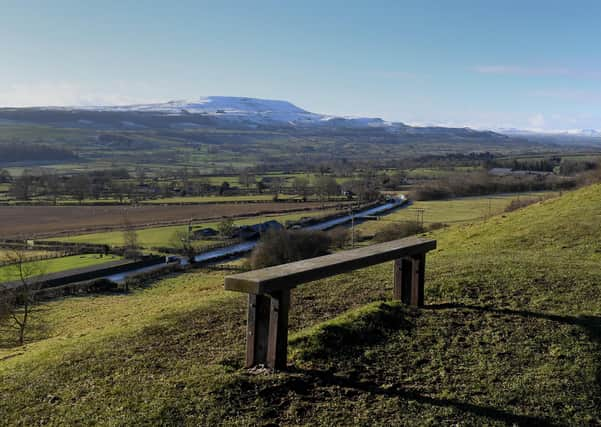

A historian once remarked that, had Good Queen Bess really slept in all the stately homes of England that have a plaque which reads: “Queen Elizabeth slept here”, then she would have hardly had the opportunity for a good night’s sleep back at Hampton Court.
It’s rather the same for her cousin, Mary, Queen of Scots. Only in Mary’s case it’s not so much about the number of beds, as the number of castles in which she was imprisoned. Sometimes she was locked up for a day or so, often it was for weeks, or months, and occasionally years.
Advertisement
Hide AdAdvertisement
Hide AdMary certainly left a few mysteries behind her. These days, Leyburn Shawl is the name given to a beautiful part of the county and is about a mile from the marketplace in Leyburn itself, and boasts impressive views of Wensleydale.
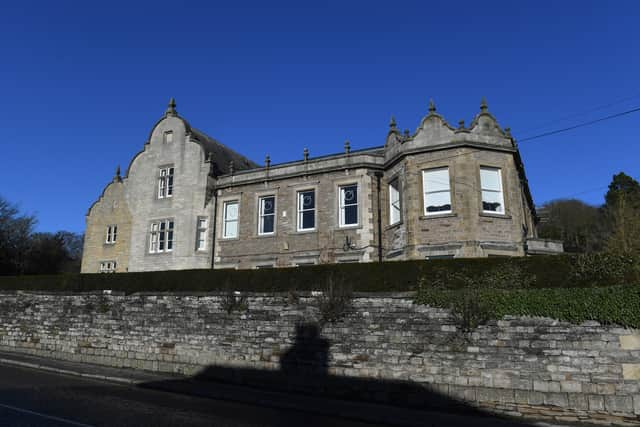

Bolton Castle is nearby and it was here that Mary was lodged for a while in 1568, after her flight from Scotland. I say ‘lodged’ rather than ‘imprisoned’ because she was given a fair amount of freedom. She had a hefty retinue of over 50 people (including her own personal hairdresser, embroiderer and surgeon), she was allowed visitors, and, when she wanted, she could go out hunting with her attendant knights.
And this is where myth and fact collide. The story goes that one day, Mary decided to flee from Bolton Castle on foot to Leyburn. It’s said that tangled in deep undergrowth, she snagged her shawl on a bush, and that her pursuers found it, clearly indicating in which direction she was headed and caught her before she got to Leyburn. Hence why this beauty spot became known as The Shawl or Leyburn Shawl.
Those who debunk this tale point out that “shawl” (or shaw’el in old English) actually means a steep hill covered in woodland and thickets of brambles. The Vikings have a similar word which means dwellings – and there are indications that our ancient ancestors lived on this raised land.
Advertisement
Hide AdAdvertisement
Hide AdBolton Castle is still (magnificently) here, one of the very few buildings in the country which is lived in by a descendant of the man who built it in 1379. Richard le Scrope first put his roots down on this spot, and the eighth Lord Bolton, is the present fortunate owner.
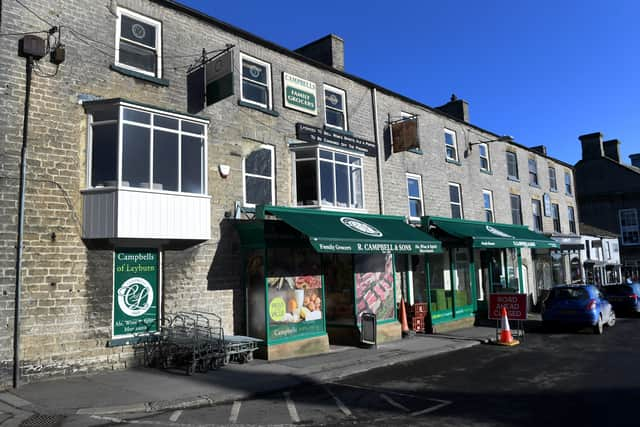

Leyburn is a gateway – not just to the wondrous Yorkshire Dales National Park – but to quite a few surprises. It was first mentioned in the Domesday Book, and we learn that the whole area was under the thrall of the splendidly named Alan the Red (so called, one suspects, because of the colour of his hair, or of his complexion, than for any political affiliation).
These days Leyburn, with its picture-postcard cobbled marketplace, is (in normal circumstances) a thriving tourist destination. Steam train enthusiasts flock here for the heritage Wensleydale Railway, where there is a station. You can head west, to Redmire, or you can go east, toward Bedale.
The fact that the line survived the energetic wielding of the Beeching axe is because it was, for some of the stretch, a route much used by military transport trains. It’s interesting that the line, when first opened back in 1855, was financed and underwritten by local landowners. Here were some far-sighted gentlemen who saw the advantage of bringing trade into the area. This went against the prevailing view of the majority of the estate-owning toffs, many of whom wanted to keep this new-fangled intrusion of smoke far away.
Advertisement
Hide AdAdvertisement
Hide AdLeyburn is also the home of one of the nation’s best-loved auction houses, Tennants. The family-run firm has rolled impressively with the times, adding a much-appreciated tea-rooms to its sales space and is a strong supporter of concerts, exhibitions, and events.
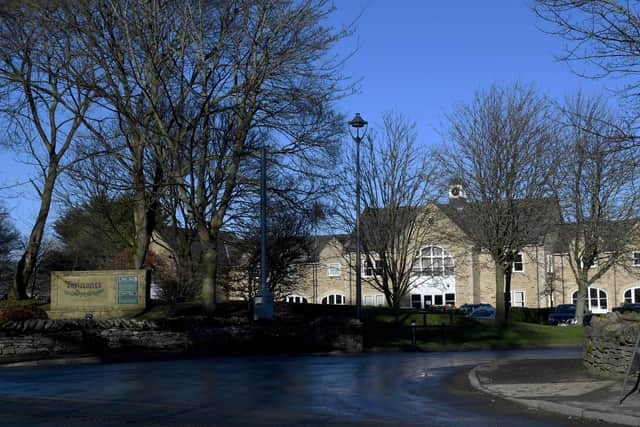

There are around 80 sales here every year – at the moment, of course, online – and collectors can find everything from porcelain to pictures, and ‘Mouseman’ furniture to museum-quality memorabilia. A lot of the famous London houses would find it hard to rival the number of experts employed here to give specialist advice and that led to one customer dubbing them “The Open University of Wensleydale”.
Another staunchly stand-alone business is the award-winning Campbell’s of Leyburn, a grocery and wine merchants on Commercial Square that has been serving the area since 1868. It was all the brainchild of Robert Campbell and his son, Alexander, who worked on the local Bolton Castle estates, and decided to branch out and go it alone. Around the same time, the doors of yet another town landmark swung open – the department store Milner’s, another family business that is popular in these parts.
There’s a thriving arts venue at The Old Schoolhouse, a hub of creativity that punches impressively above its weight. Here, you’ll find regular film screenings, dance classes, events for those into crafts, exhibitions and a walking group who stride out each week for an invigorating walk.
Advertisement
Hide AdAdvertisement
Hide AdThe area around the town has frequently been used as a backdrop for film and TV programmes – including Heartbeat and the original All Creatures Great and Small series.
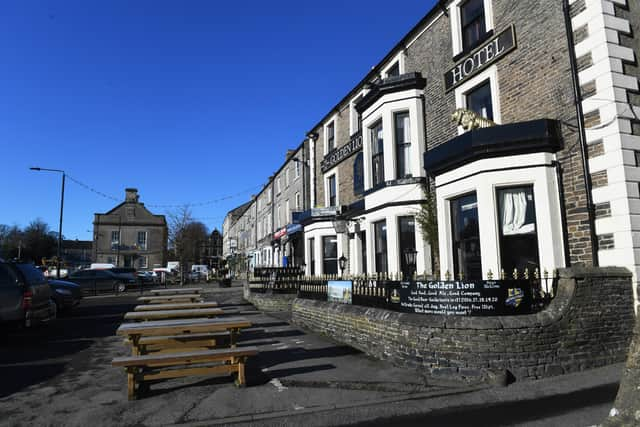

The imposing Thornborough Hall, once a private home, is where you’ll find the town council offices and local library, and not so far from this building (and in what used to be its spacious garden) is the Sham Castle, a folly which was ordered to be built by early owners of the hall itself, Ralph and Mary Riddell.
Mary (or Molly) was a daughter of the hall’s owners, and she and her Northumbrian husband decided to make the hall their Yorkshire seat when her parents died. Historians believe that the wealthy Riddells had the celebrated folly constructed to impress their guests.
Visitors would stumble upon the ruin, built against a steep bank, as they walked in the gardens. Barbara Jones, an expert in romantically engineered architecture, once called the folly “One of the prettiest and most peaceful little sham castles in England”, and it is indeed well worth seeking out.
Advertisement
Hide AdAdvertisement
Hide AdThe architect of the present Thornborough Hall (which housed a girl’s school for many decades in the middle of the last century) was Joseph Aloysius Hansom, who was born on Micklegate in York, and who loved the Gothic Revival style. He was responsible for many important buildings in his native county. The chances are that you will have seen Hansom’s most important invention – the horse-drawn cab that was named after him. His son, Joseph Stanislaus Hansom, was also York-born and designed many prominent Catholic buildings.
Leyburn has a quirky charm all of its own. And having a football team, Leyburn Town, which proudly play in the splendidly-named Wensleydale Creamery League, rather puts a glossy glace cherry on the town’s proverbial cake.
Support The Yorkshire Post and become a subscriber today. Your subscription will help us to continue to bring quality news to the people of Yorkshire. In return, you’ll see fewer ads on site, get free access to our app and receive exclusive members-only offers. Click here to subscribe.
Comment Guidelines
National World encourages reader discussion on our stories. User feedback, insights and back-and-forth exchanges add a rich layer of context to reporting. Please review our Community Guidelines before commenting.